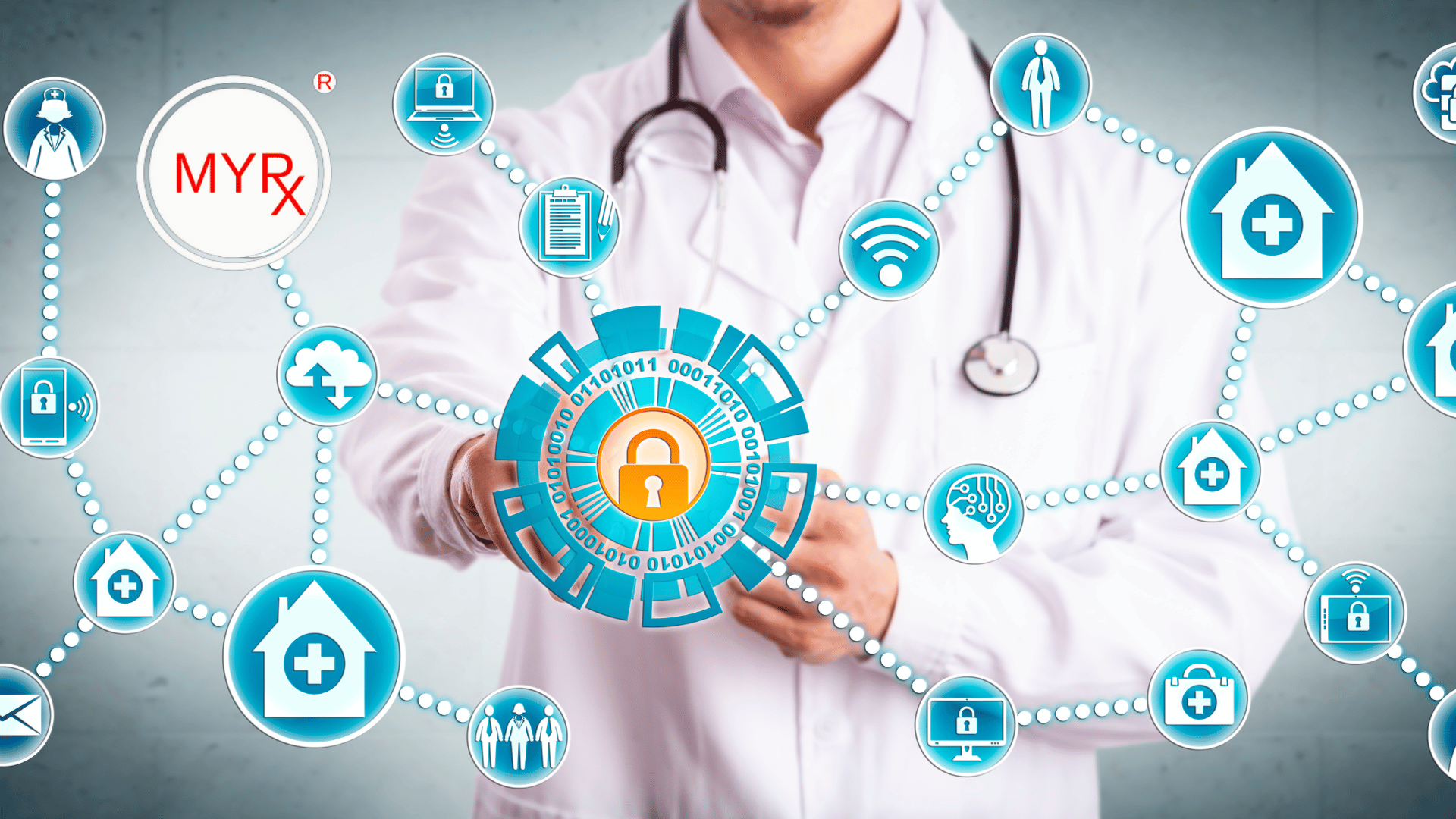
Ensuring Data Security and Privacy in EHR Systems for Doctors
Introduction
As electronic health record (EHR) systems become an integral part of healthcare delivery, ensuring the security and privacy of patient data is paramount. Doctors play a crucial role in safeguarding sensitive information stored within EHR systems, as they access, update, and share patient records daily. This article explores the importance of data security and privacy in EHR systems for doctors and provides strategies to mitigate risks and protect patient information from unauthorized access or breaches.
Implementing Robust Authentication and Access Controls:
Doctors should be required to use strong, unique passwords and undergo multifactor authentication to access EHR systems. Implementing role-based access controls ensures that doctors only have access to the information necessary for their specific responsibilities. Regularly reviewing and updating access privileges based on job roles and responsibilities helps minimize the risk of unauthorized data access.
Encrypting Data at Rest and in Transit:
Data encryption is crucial to protect patient information within EHR systems. Encryption should be applied both at rest when data is stored within the system, and in transit when data is being transmitted between different devices or networks. Strong encryption algorithms and protocols should be employed to prevent unauthorized access to patient data and protect it from potential threats.
Conducting Regular Security Risk Assessments:
Healthcare organizations should conduct regular security risk assessments to identify vulnerabilities and weaknesses in EHR systems. These assessments help identify potential threats and ensure that adequate security measures are in place to address them. By proactively identifying and mitigating security risks, healthcare organizations can enhance data protection and prevent potential breaches.
Implementing Audit Trails and Activity Monitoring:
Audit trails and activity monitoring within EHR systems enable the tracking and recording of all user activities. This includes capturing user logins, access attempts, data modifications, and system interactions. Regularly reviewing audit logs allows organizations to detect and investigate any suspicious activities or potential breaches. Implementing real-time monitoring systems can help identify and respond to security incidents promptly.
Training Doctors on Data Security Best Practices:
Doctors should receive comprehensive training on data security best practices and their role in protecting patient information. This training should cover topics such as password hygiene, phishing awareness, secure data handling, and proper use of authorized devices. Regular training sessions and ongoing education ensure that doctors remain vigilant and updated on emerging security threats and prevention strategies.
Compliance with Data Privacy Regulations:
Doctors must adhere to data privacy regulations, such as the Health Insurance Portability and Accountability Act (HIPAA) in the United States or the General Data Protection Regulation (GDPR) in the European Union. These regulations outline guidelines for the collection, storage, and sharing of patient data, including requirements for obtaining patient consent, maintaining data integrity, and providing data breach notifications. Compliance with these regulations is essential to protect patient privacy and maintain legal and ethical standards.
Conclusion
Data security and privacy are of utmost importance in EHR systems for doctors. By implementing robust authentication and access controls, encrypting data, conducting regular risk assessments, monitoring user activities, providing training on data security best practices, and ensuring compliance with data privacy regulations, doctors can contribute to safeguarding patient information within EHR systems. Protecting the confidentiality, integrity, and availability of patient data not only fosters trust between doctors and patients but also helps maintain the integrity of healthcare systems as a whole.